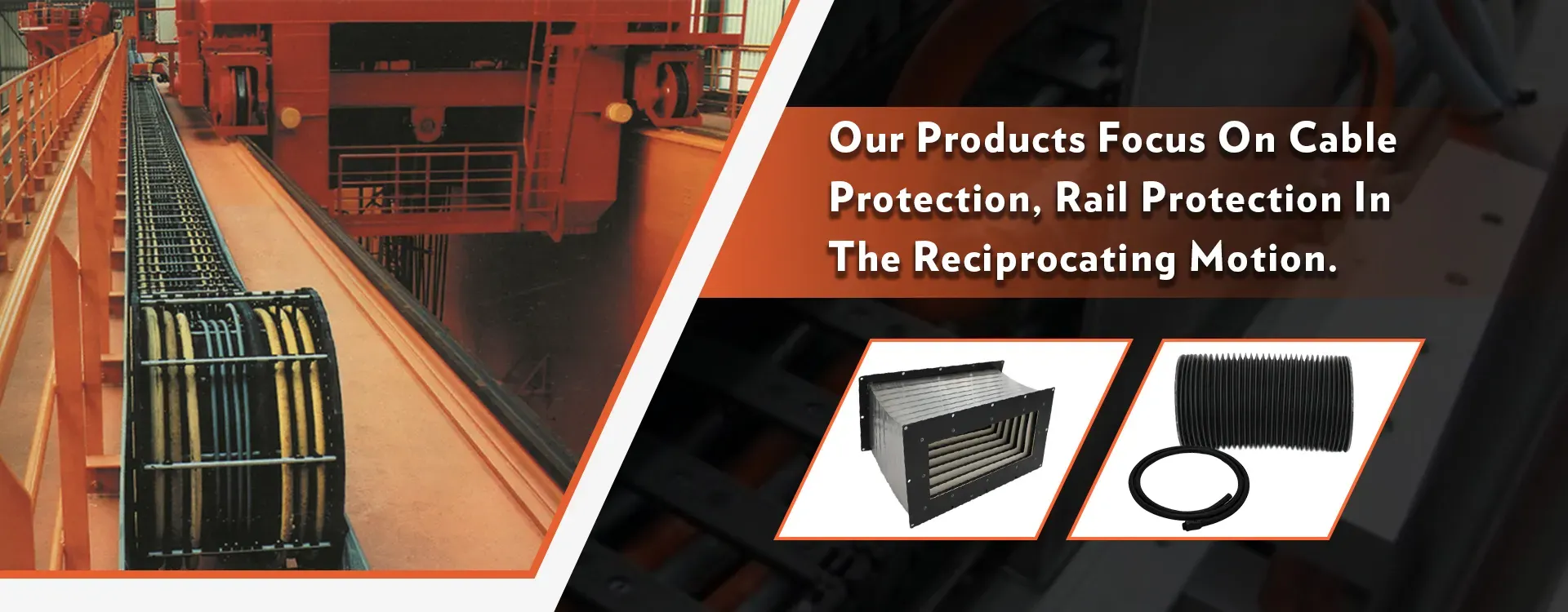Innovative Solutions for Efficient Cable Management Systems and Carrier Chains
Understanding the Cable Carrier Chain A Comprehensive Overview
In the world of industrial machinery and automation, the cable carrier chain plays an indispensable role. Often referred to as drag chains or energy chains, these essential components are engineered to provide a safe and efficient way to manage moving cables, hoses, and other flexible connections in a variety of applications.
What is a Cable Carrier Chain?
A cable carrier chain is a series of interconnected links that form a flexible conduit for electrical cables or hydraulic hoses. These chains are designed to protect cables and hoses from wear and tear, tension, and environmental factors, enabling them to move seamlessly with machinery. The design and construction of cable carrier chains allow for both horizontal and vertical movements, making them highly versatile for various applications.
Applications of Cable Carrier Chains
Cable carrier chains are prevalent in numerous industries, including manufacturing, robotics, CNC machining, and material handling. Their ability to facilitate movement while keeping cables organized makes them ideal for use in automation setups where machines require reliable and consistent energy delivery. For instance, in an assembly line, a cable carrier chain can ensure that power and data cables do not tangle or snag as equipment moves along its path.
In the realm of robotics, these chains are crucial. They allow robotic arms to function efficiently without hindrance from cable movements. Similarly, in CNC machines, the smooth operation of cutting tools relies on uninterrupted power and data connections that cable carrier chains provide.
Advantages of Using Cable Carrier Chains
1. Protection A primary function of cable carrier chains is to protect cables from damage. By enclosing cables within a designated channel, they shield against abrasions, exposure, and detachment.
cable carrier chain

2. Organization These chains help keep workspace organized by neatly arranging cables, reducing clutter and the risk of accidents or misunderstandings due to tangled cables.
3. Flexibility and Versatility With a variety of designs and sizes, cable carrier chains can accommodate different types and sizes of cables and hoses, making them adaptable to numerous applications.
4. Ease of Maintenance Many cable carriers are designed with quick access features, allowing maintenance personnel to easily inspect and replace cables as needed without extensive disassembly.
5. Enhanced Productivity By ensuring that cables are protected and organized, businesses can enhance overall operational efficiency, leading to increased productivity.
Selection Considerations
When selecting a cable carrier chain, several factors must be considered. The choice of materials is crucial, as different environments may require chains made from specific substances, such as thermoplastic for chemical resistance or steel for heavy-duty applications. Additionally, factors such as the radius of the bend, the number of cables, and the overall movement characteristics of the application must be taken into account.
Conclusion
In summary, the cable carrier chain is a vital component in modern machinery and automation, offering protection, organization, and flexibility. With the increasing reliance on automated processes across various industries, understanding and utilizing effective cable management systems like cable carrier chains is imperative. As technology continues to evolve, so too will the design and efficiency of these essential components, driving innovation in machinery operation and maintenance. For anyone involved in engineering, manufacturing, or robotics, knowledge about cable carrier chains is beneficial not only for product design but also for creating effective, long-term operational strategies.








